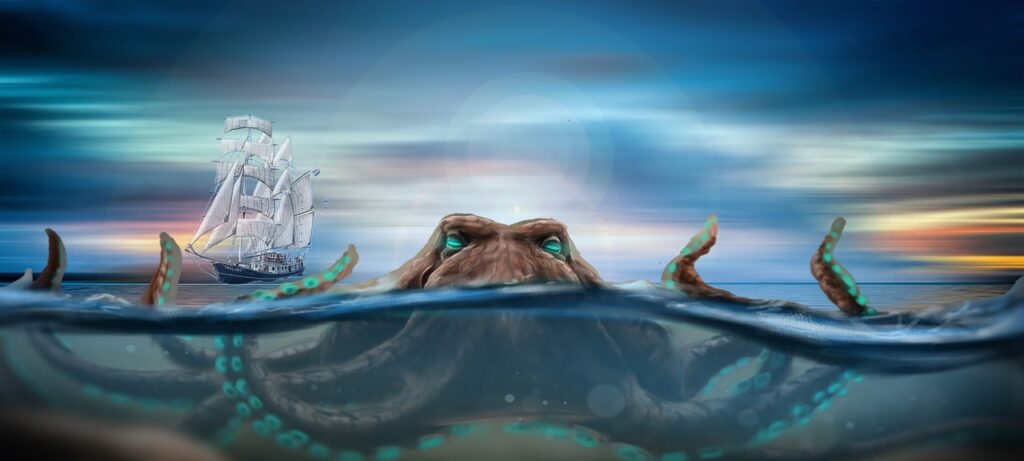Three shipments of cocaine were caught on the same day as they were about to head to France, Spain and Ghana. All originated from the Brazilian port of Santos, from where cocaine shipments radiate around the world.
On January 3, authorities had a busy day at the Atlantic port of Santos, near São Paulo, according to a press release from the Brazilian Defense Ministry. In the morning, 562 kilograms of cocaine were discovered in a cargo of coffee heading to the port of Le Havre in France, one of the main gateways for drugs entering Europe. A few hours later, a shipment of sugar heading to Ghana was seized and half a ton of cocaine was found inside. At almost exactly the same time, a container carrying concentrated orange juice and bound for Valencia, Spain, was searched and 730 kilograms of cocaine were seized.
The week before, cocaine was found in a shipment of plaster heading to Australia and among sugar packets heading to South Africa.
So much cocaine goes out of the port that some even seems to find its way back. On January 4, 59 kilograms were found inside an empty container returning from Philadelphia, hidden behind thermal isolation.
While the port of Santos is only the 46th busiest in the world, it is the second-largest in Latin America after the port of Colón in Panama. As such, it has become a crucial lynchpin for the global cocaine trade.
Much of this growth has been due to the rise of the First Capital Command (Primeiro Comando da Capital – PCC), a powerful drug gang that dominates São Paulo. The gang has efficiently extended its drug trafficking tentacles across the region, focusing especially on Paraguay and into Bolivia. In doing so, the PCC controls several major cocaine trafficking routes, with the drug being produced in Bolivia and transported through Paraguay and Brazil to Santos. The gang has even sent some of its foremost members to control the flow of cocaine in both countries.
Despite some rivalries in Paraguay, the PCC’s control is not contested by any major threat. As a result, this can now be considered one of the world’s foremost cocaine routes.
But owning the route is only half the story. Another reason for the diversity of destinations that cocaine is sent to is the sheer amount of international mafias that have some sort of presence, whether permanent or through envoys, in PCC territory.
The Brazilian gang’s main international partnership is with the ‘Ndrangheta, the Italian mafia from the southern region of Calabria. As InSight Crime has previously reported, senior figures within the ‘Ndrangheta have personally traveled to Brazil to discuss long-term deals with the PCC.
The ‘Ndrangheta long allowed cocaine leaving Santos to enter Europe through ports such as Rotterdam and Antwerp, and afterwards be distributed to Russian, Balkan and Moroccan groups. The ‘Ndrangheta also helped establish drug deals between the PCC and criminal groups in West Africa, which kept a part of the cocaine, in exchange for helping to transport larger loads onto Europe, according to the Organized Crime and Corruption Reporting Project (OCCRP).
However, the presence of a wide range of other brokers has been growing. In 2019, Europol reported that “Serbian organized crime groups are particularly prominent at the port of Santos.”
In Ireland, the country’s most prominent drug trafficker, Daniel Kinahan, has been linked to a cocaine trafficking empire, including plentiful assets and business deals in Brazil.
Finally, in September 2021, InSight Crime revealed the extent to which smaller loads of cocaine were being shipped from Santos to feed domestic markets in southern Africa, such as Angola, Mozambique and South Africa.
.
By Chris Dalby, January 13, 2022, published on InSight Crime






